If you have been perusing the website or catalog, you may have noticed that we carry both open pollinated and hybrid sweet corn. The hybrid sweet corn is actually the only hybrid that we carry. So why do we carry both? What are the differences and how do you choose the right one for your garden? In today’s blog, we’ll discuss the fundamental differences and pros and cons of hybrid and open pollinated corn.
What is Open Pollinated Sweet Corn?
The basic fundamental between hybrid and open-pollinated is how they’re bred. Open pollinated means that the plant is fertilized naturally, like by wind, insects, or birds.
Seed growers save seed from open-pollinated varieties over generations to create varieties that are relatively stable, but still genetically diverse. If you save seed from open pollinated corn, you will get the same corn next season, so long as you don’t have another variety nearby that cross-pollinated it.
To isolate different varieties, growers usually use distance or time. Crops that flower at different times won’t cross-pollinate.
Heirlooms are open-pollinated varieties dating to before 1940.
Corn is wind pollinated. Home gardeners should separate varieties by 600 ft. for home use, or 1/2 to 1 mile for absolute purity. Save at least 500 seeds from at least 10% of the plants to maintain vigor and genetic diversity of the variety.

What is Hybrid Sweet Corn?
Hybrid crops are the first generation crosses of two varieties. In breeding hybrid sweet corn, seed growers select two genetically pure lines of corn to cross.
Breeding hybrid corn is tricky! Typically, growers will alternate rows of the two types of corn. Though corn has both male and female parts, growers think about them as male and female parents.
Growers leave the male parent stalks intact. These will provide the pollen for the pollination. Growers remove the tassels from the female parent rows as they form, ensuring that they don’t produce pollen. The pollen from the male parent rows will fertilize the silks of the female parent rows. The growers then harvest the seeds from the female parent rows.
This technique ensures growers get the desired mix of genetics.
During the season, growers also go through and remove and volunteer or “off-type” corn in a technique called rogueing.

Pros and Cons Open Pollinated Sweet Corn
While we love open pollinated crops, we know they come with a unique set of benefits and challenges.
The Pros
- Farmers and gardeners can easily save seed from open-pollinated sweet corn.
- Foodies often find that open-pollinated varieties have more “real corn flavor” rather than just sweetness.
- Growers can save open-pollinated varieties can over years to adapt to a specific local climate.
- Home gardeners may enjoy that they tend to have an extended harvest period.
- Open-pollinated varieties typically have higher protein content than hybrid varieties.
- When pigs, chickens, horses, and cows have a choice between open-pollinated and hybrid corn, the animals invariably prefer the old open-pollinated varieties (possibly because of the protein content).
The Cons
- They typically aren’t as sugary sweet as hybrid sweet corn varieties.
- They don’t store well and are best used or preserved quickly after harvest.
- Open pollinated corn isn’t uniform in size, which can be an issue for commercial growers.
- It also doesn’t mature all at the same time, another feature which can be a struggle for commercial growers.
Pros and Cons of Hybrid Sweet Corn
While hybrid may be a typical choice for market growers, it too has its pros and cons.
The Pros
- Hybrid corn tends to mature all at once, which is ideal for market growers.
- The ears are uniform in size.
- They are sugary sweet and hold their sweetness well in storage.
- Hybrids often have better disease resistance.
The uniformity of hybrid sweet size and maturity are the two main reasons we offer hybrid for our commercial growers.
The Cons
- Hybrid seeds tend to rot in cool soil.
- They may have weak seedling vigor.
- The ears are more susceptible to insect damage than open pollinated corn.
- You cannot reliably save seed from hybrid corn.
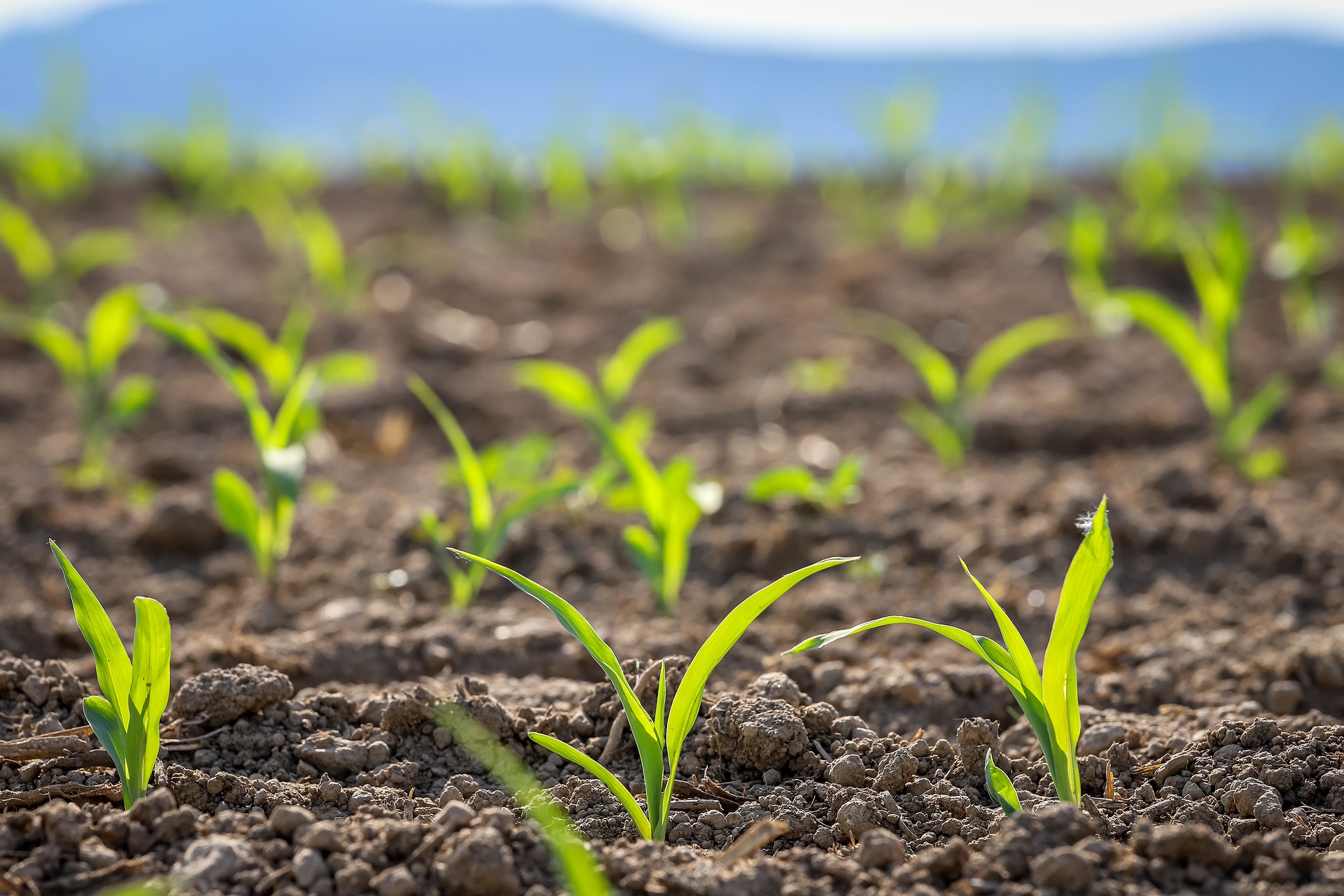 Which Should You Grow?
Which Should You Grow?
What you should grow depends on your needs and personal preferences. As mentioned above, hybrid sweet corn’s uniformity is a key feature for many of our market gardeners, but if you’re looking to enjoy sweet corn over an extended period, open pollinated may be the right choice.
Open pollinated is also a good choice if you’re hoping to save seed. Saving seed from your corn can help preserve genetic diversity, connect you with your land, and adapt a variety to your garden’s specific conditions as you work to save seed from the best plants over the years.
If open-pollinated corn is new to you, we suggest planting less than 1/4 lb. until you are familiar with its characteristics. It grows a bit differently and has a distinct flavor. Don’t forget, you’ll need to use it more quickly, too. Open pollinated corn doesn’t store quite as well as hybrid corn.
For good pollination and ear development, plant open-pollinated corn in blocks at least 5-6 rows wide, and hybrid corn in blocks at least 4 rows wide.
Want to save seed from your open pollinated sweet corn? Check out the 8 Steps to Saving Corn Seed.


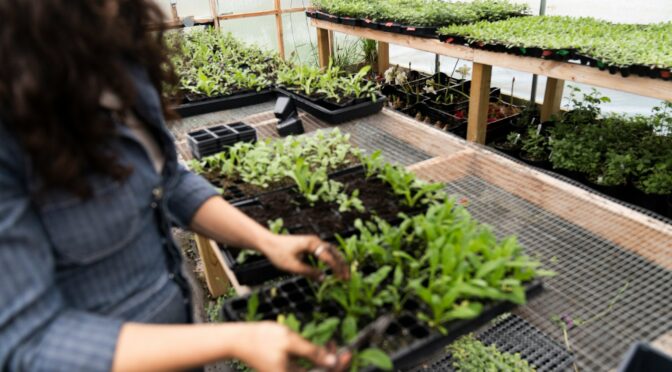
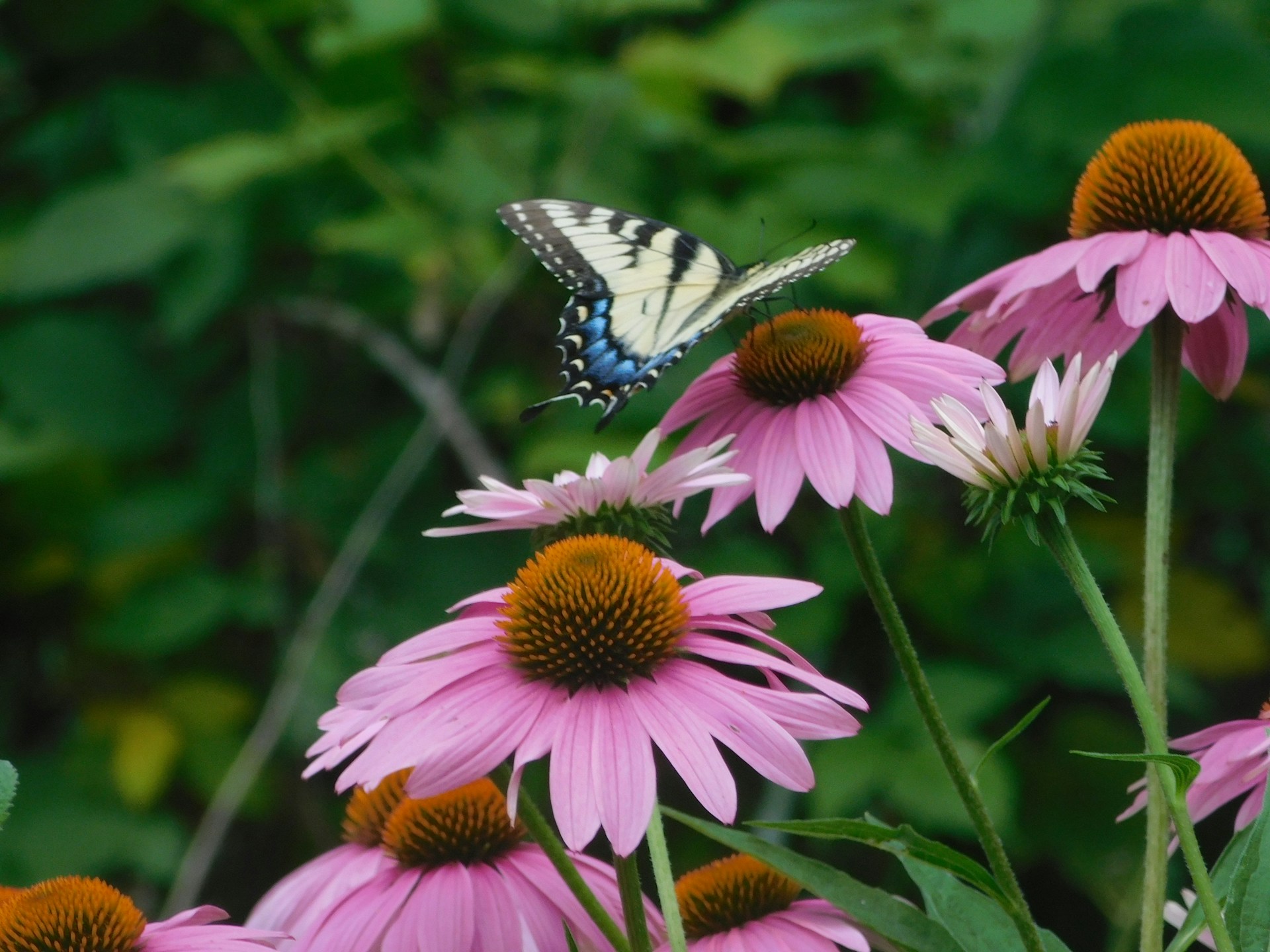 What Seeds Require Cold Stratification
What Seeds Require Cold Stratification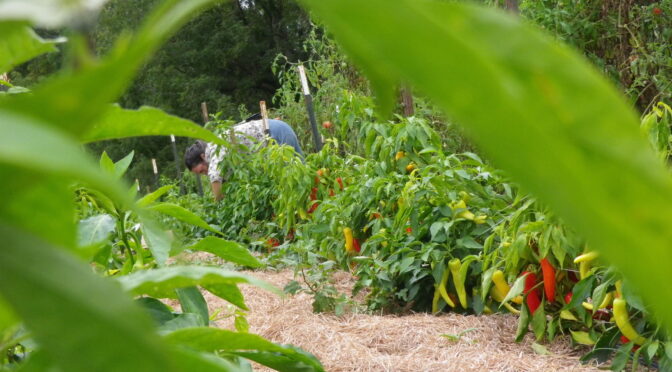
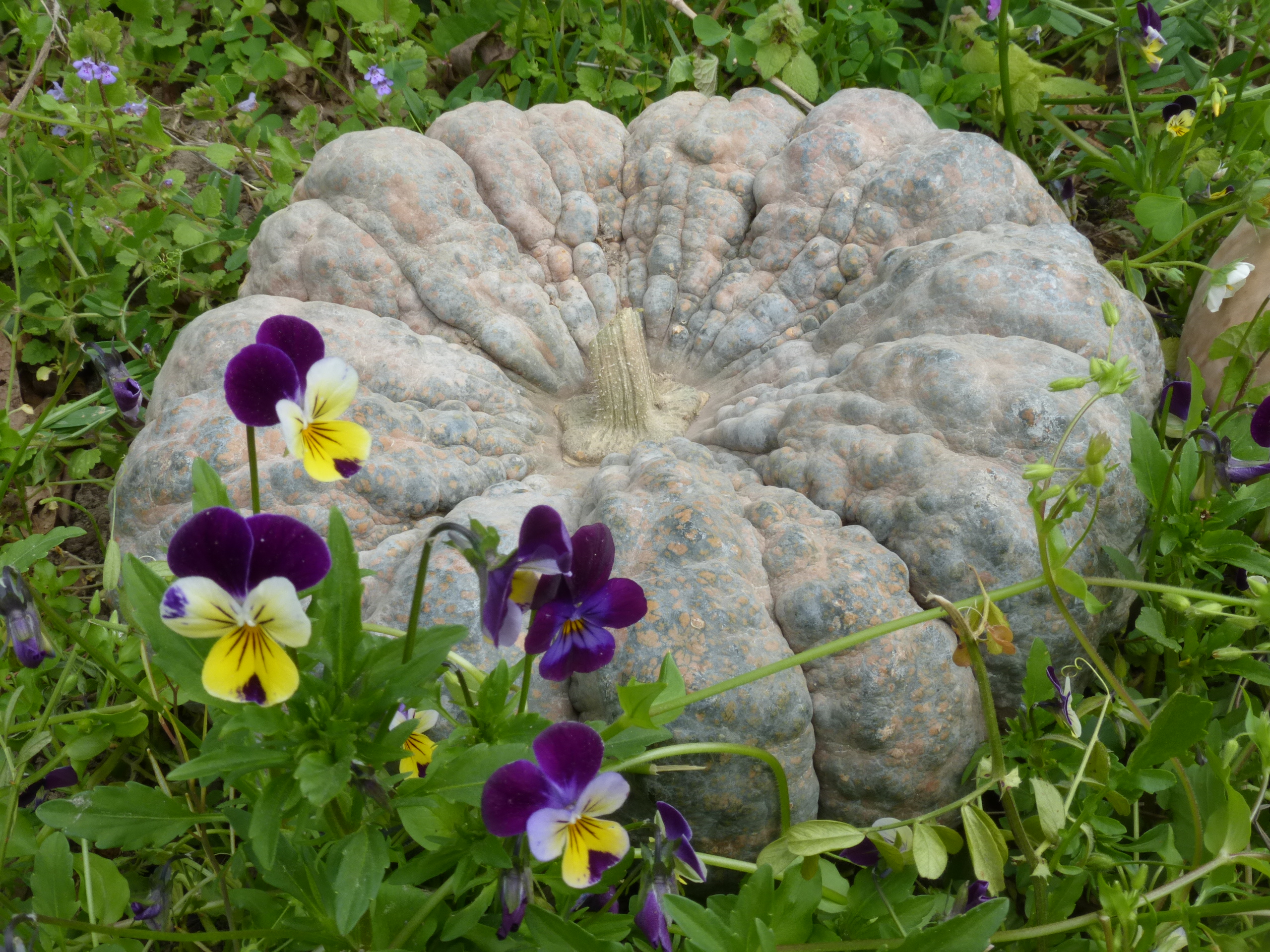 What are the Different Plant Families?
What are the Different Plant Families?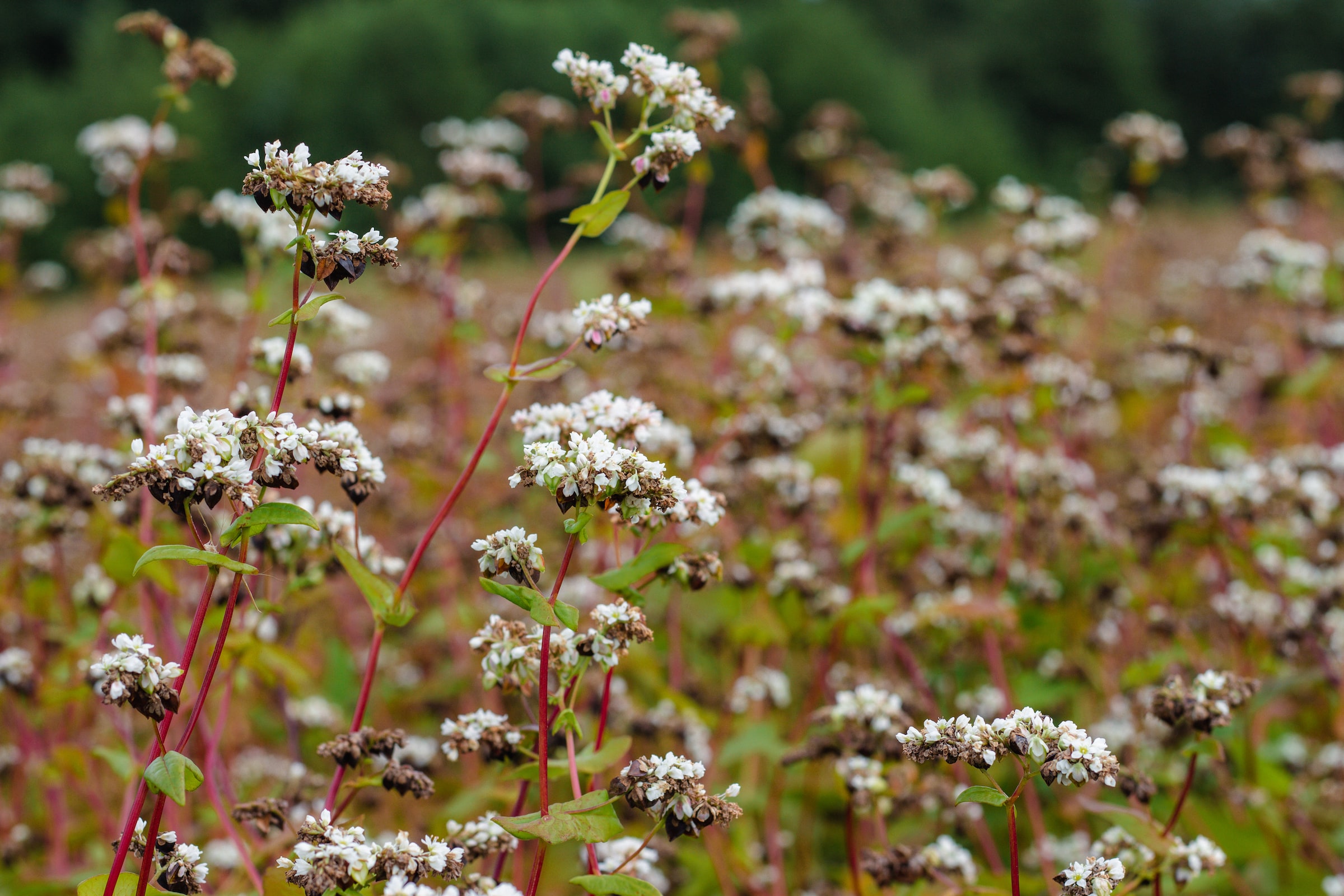 Other Considerations
Other Considerations